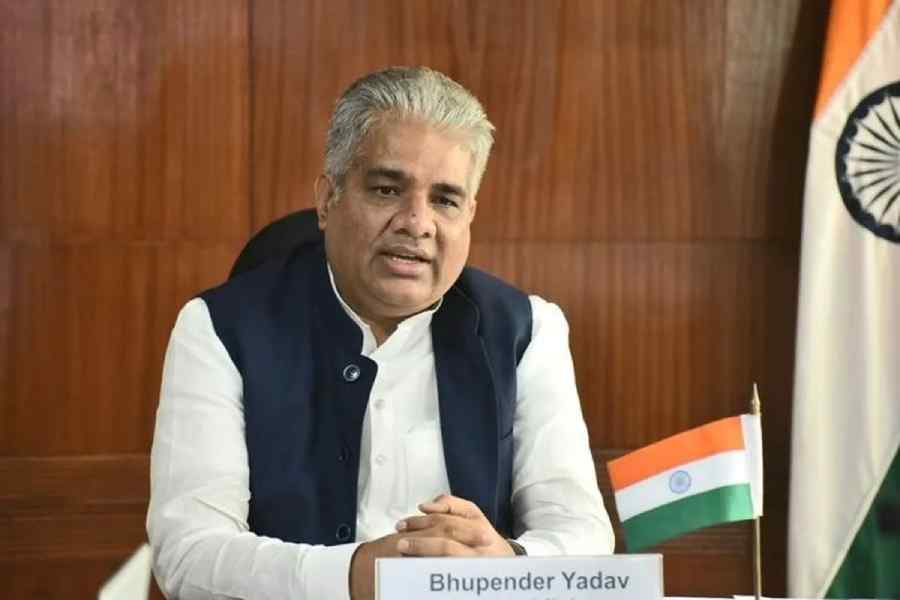The Union budget is the annual statement of the Union government’s receipts and expenditure. It is nothing more. Of course, that’s not how the Union budget is usually perceived. Especially since 1991, it has been perceived as a forum for making big-bang policy announcements, which may eventually come to naught. As a share of total public expenditure, the Union government’s share has been declining. Much more of public expenditure occurs at the level of states. Ergo, there should be much greater hype and scrutiny around state budgets. The hype around the Union budget is partly a legacy. It harks back to an era when taxes varied on a yearly basis. How have prices changed as a result of the budget? That kind of question. The clichéd example of that is Narayan Dutt Tiwari’s infamous ‘sindoor’ budget of 1988-89. In so far as reforms of taxes are concerned, we must recognise that reforms imply both stability and uncertainty. Taxes aren’t meant to change from year to year. The counter-argument will be that we haven’t reached that terminal goal of stability yet. That’s partly true. However, indirect taxes are the purview of the GST Council. There are indeed arguments for simplifying the GST, reducing the number of rates and bringing in more items under GST. But the instrument for achieving those isn’t the budget. This still leaves direct taxes and import duties.
Import duty reform is a broader and larger area, also linked to multilateral commitments and regional agreements. In this budget, the significant changes pertain to mobiles and lab-grown diamonds. The context is ‘Make in India’ and ensuring that India becomes part of the global supply chain. (Mobiles have been an outstanding success within a short period of time.) For that to happen, duties on imports must be reduced, which is precisely what the budget does for these two items. What of direct taxes and its two components of personal income taxation and corporate taxes?
Looking towards the budget, depending on the hat one wears, one expected tax cuts. That expectation is the legacy of yesteryears. What’s given away through tax cuts cannot of course be spent elsewhere, on roads, highways, railways, urban development and airports. This kind of capital expenditure improves the productive potential of the economy as well as India’s prospects in the medium-term, enabling India to become more competitive. These are areas the government must spend on, since there are market failures and the private sector cannot always develop these. Besides, tax cuts only benefit those who pay taxes. Capital investment benefits everyone. Stated thus, direct tax cuts are regressive. If you were the finance minister and weren’t inordinately concerned about this being the last budget before the 2024 elections, you would also do precisely what she has done. Avoid the path of populist tax cuts and tread that of capital expenditure. The Union government’s direct capital expenditure had increased after Covid and it has increased even more sharply on that higher base. Plus, there are incentives for state governments to spend on capital investments.
It isn’t as if there are no tax cuts. There are, but they are of a very specific type. The terminal goal of an ideal direct tax structure, both for personal income taxes and corporate taxes, is one where there are no exemptions. Exemptions complicate the system, enriching chartered accountants and lawyers, leading to disputes and litigation. While there are many who submit income tax returns, several pay zero taxes because of exemptions. One shouldn’t look at personal income taxation only with the eyes of the salaried. All unincorporated enterprise also pays personal income taxes. For both personal income taxes and corporate taxes, there were two channels, an old system with exemptions and a new system with no exemptions. The problem was that there were few takers for the new system. The incentives weren’t strong enough. For personal income taxation, the budget has now strengthened incentives and everyone should welcome this. The five rates (six if one counts 0%) of 5%, 10%, 15%, 20% and 30% are low enough to be internationally comparable. Eventually, when there is a Direct Tax Code with no exemptions, these are the kinds of terminal rates India will probably gravitate towards.
The Union budget is the Union government’s statements of annual receipts and expenditure. This means one must make some kind of assumption about growth. For budget purposes, the real growth doesn’t matter. What matters is nominal growth — real growth plus inflation. A day before the budget, the Economic Survey projected real growth of 6.5% in 2023- 24, not very out of line with forecasts by external agencies. Inflation, as measured by the GDP deflator, should probably be around 5%. This adds up to nominal GDP growth of 11.5% in 2023-24. What does the budget assume? 10.5%, which is very conservative. It is because of such conservatism that fiscal marksmanship has been very good with Nirmala Sitharaman as the finance minister. Unlike some of her predecessors, there is little difference between budget estimates and revised estimates. While the fiscal deficit/ GDP ratio was projected at 6.4% in 2022-23 as per BE, it should be no surprise that the RE number turns out to be exactly that. This also makes the 5.9% target for 2023-24 easy to believe. Why did the budget assume a nominal growth of 10.5% and no more? The answer is obvious enough. There is a lot of uncertainty in the world, flagged both by the Economic Survey and the budget. In the face of this, it is best to keep something in reserve and hold back in case there are unforeseen contingencies.
The budget speech also brings together the government’s thought process on how different elements of the government’s reforms mesh together. It is not as if the government ceases to function on the other 364 days of the year. The budget speech is the opportunity to set the narrative, which the finance minister has done by using the seven priorities or saptarshis. Some had expected this budget to be a populist one. It is nothing of the kind. It is a realistic and pragmatic budget. It is a budget that economists should like.
Bibek Debroy is Chairman, Economic Advisory Council to the Prime Minister











